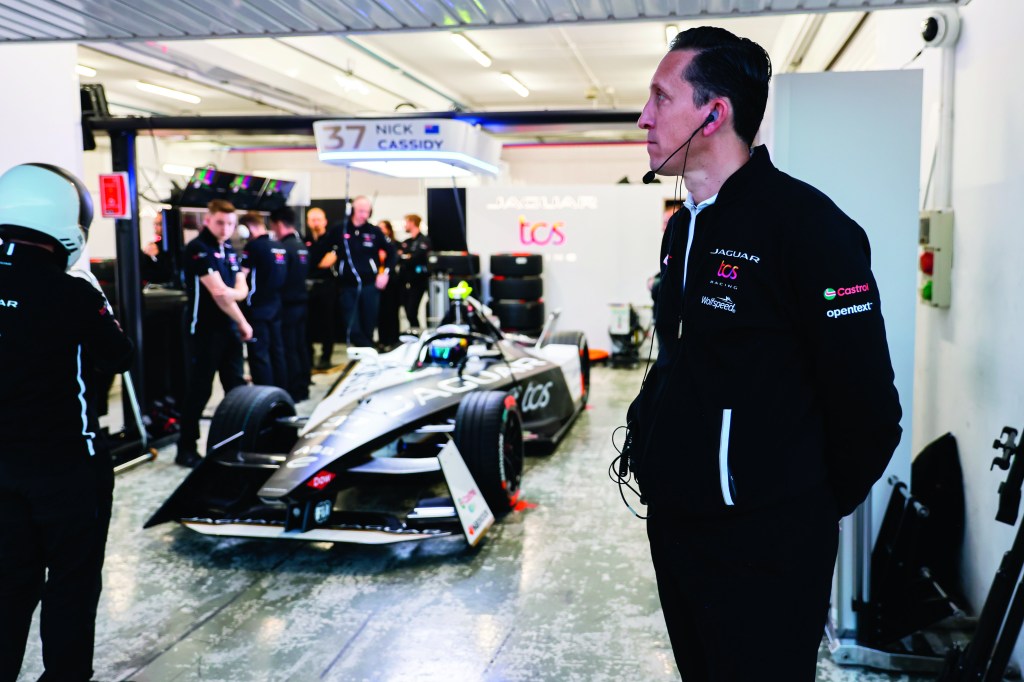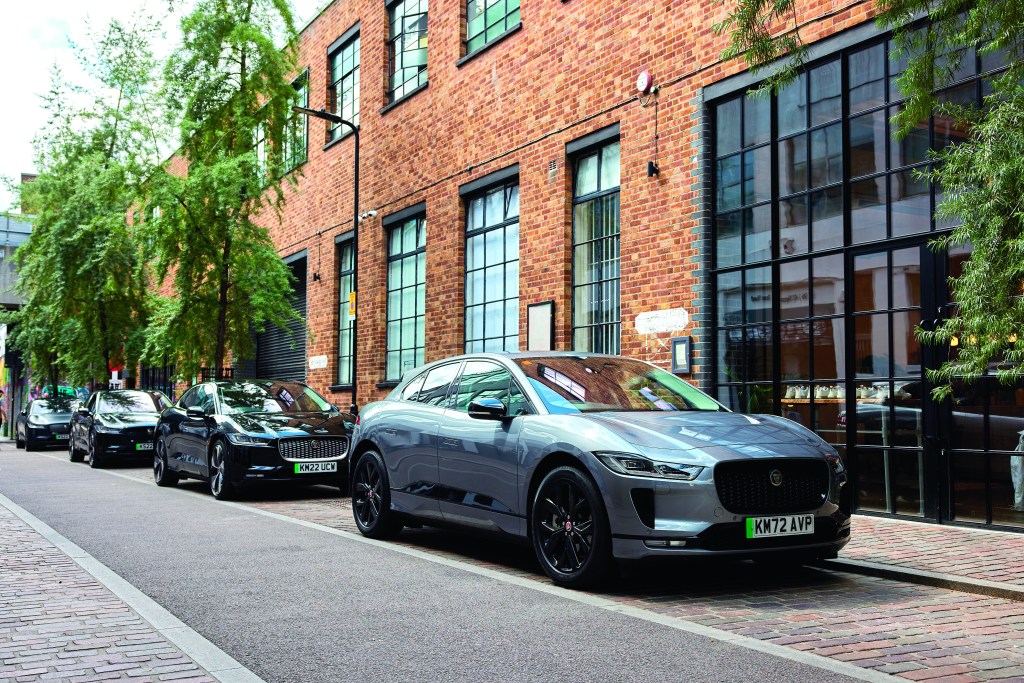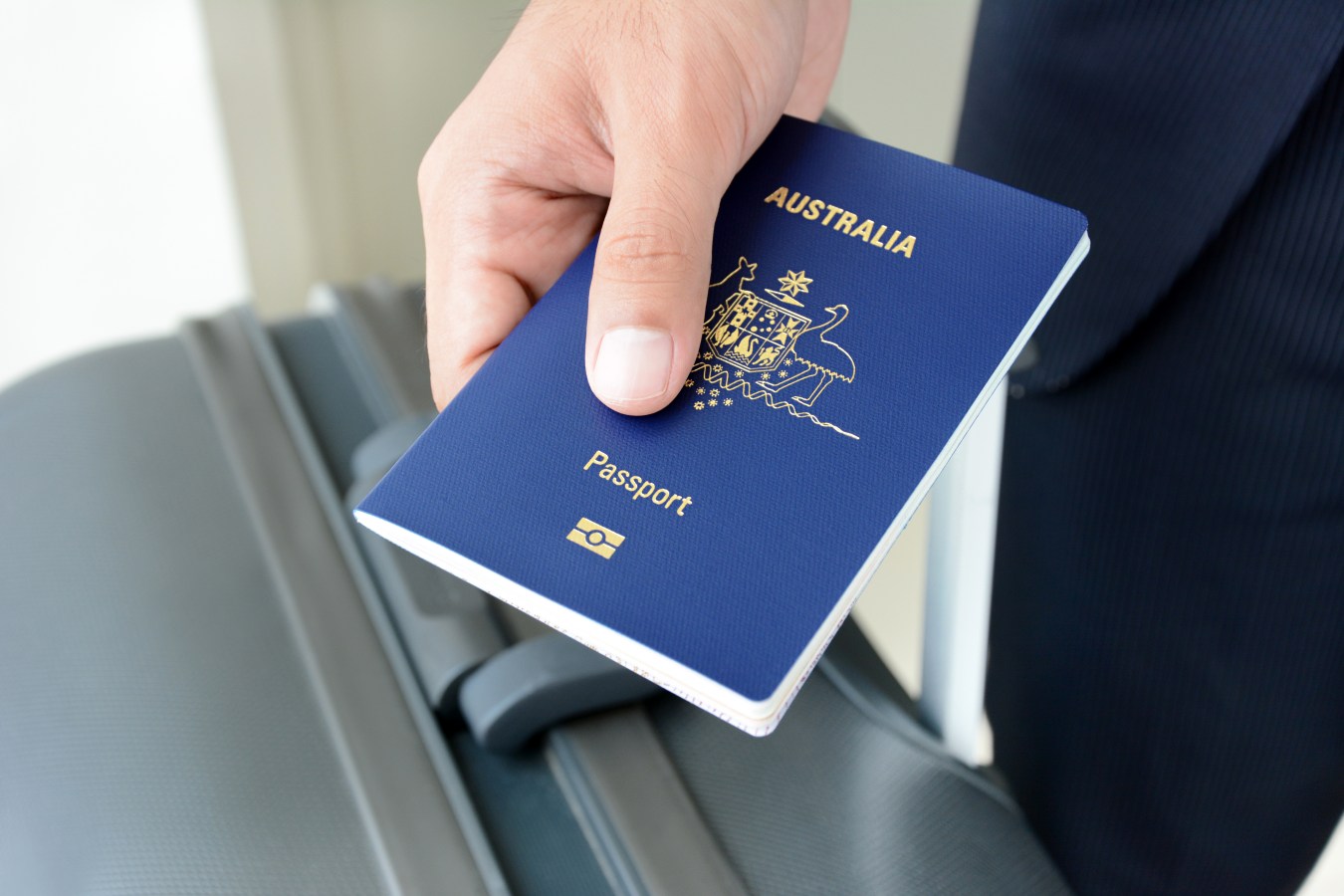From the racetrack to the road, the iconic British automaker is charging forward in its bid to lead the transition in the luxury EV space.

Standing in the heart of London and just 10 minutes from the start of the season’s most important race, there’s not a driver in sight. Instead, hundreds of fans, actors and influencers pack the starting grid to get their selfies with the world’s fastest electric race cars. Welcome to Formula E.
It’s one of many small ways the net-zero FIA race is trying to appeal to a younger demographic and usher in a new era of racing.
Had it not been for its sizeable two-year marketing play, it might come as a shock that the manufacturer trying to be at the forefront of this EV revolution, on and off the racetrack, is a brand defined by its legacy of powerful and petrol-thirsty, internal combustion engines – Jaguar.
The last time we saw Jaguar’s take to the pinnacle of world motorsport, Formula 1, was in 2004. The team lasted just four years and was eventually bought out by Red Bull and its founder, Austrian billionaire Dietrich Mateschitz.
Fast forward to 2016, and Jaguar Racing is back on the grid, albeit with a very different car. The move to join the Formula E World Championship coincided nicely with the company’s plans off the track – the launch of its first-ever electric vehicle, the I-Pace. This combination quickly became the foundation for Jaguar’s next chapter – electrification.

“We want to bring racing to a new audience, where electric vehicles will improve our lives. What better way to do that than through sport? The power of sport to transcend is phenomenal,” says Head of Jaguar’s TCS Racing James Barclay.
“Younger audiences are more environmentally aware than ever before, and the fast-paced, exciting and carbon-neutral sport of Formula E is very much aligned to their evolving priorities and interests.”
JLR (Jaguar Land Rover) made a big splash in 2021 when it revealed its Reimagine Strategy – a bold initiative that, in part, would see Jaguar’s foray into producing nothing but fully electric cars from 2025 and ultimately get a head start on the UK government’s ban on the sale of new petrol and diesel cars by 2030. Yes, it was a bitter pill for all E-type lovers, but the writing had been on the wall long before this announcement.
Out with old
In recent years, the proportion of Jaguar sales within the JLR group has taken a hit, making up a mere 19 per cent contribution in 2022. This shift, in part, can be attributed to the company’s strategic decision to focus on producing its higher-margin models, such as Jaguar’s Land Rover Defender, Range Rover, and Range Rover Sport SUVs.
But while it’s been a rough few years for the I-Pace in Australia, JLR is hopeful its next generation, earmarked for a 2025 release, will see it bounce back and ultimately rival the likes of Bentley and Porsche in the luxury EV space.

Jaguar has been tight-lipped about its new line-up; however, what we do know is the first of the three models will be a 4-door Grand Tourer with an increased range of up to 700kms and an indicative price of £100,000 (AU$189,000). While unconfirmed at this stage, it’s understood the GT will be followed by an ultra-luxury SUV and a new long-wheelbase sedan that won’t be named the XJ.
Despite initial suggestions that the I-Pace would survive the 2025 rebrand, it now looks set to join the likes of the XE, XF, E-Pace and F-Pace on the retirement list. In short, it’s not making the cut if it’s not electric.
“Jaguar being reimagined as a modern luxury all-electric car company is a really exciting time for the company,” one of Jaguar’s spokespeople told Forbes Australia.
“The future collection is ‘like something you have never seen before,’ aspirational, exuberant and unique. The new design language for the Jaguars of the future has been defined – they will be a ‘copy of nothing’.”
Is Australia ready?
The demand for EVs in Australia is rising – and the numbers show it. The Electric Vehicle Council’s annual State of EVs report showed 46,624 electric cars were sold between January and June 2023, compared to 39,353 in the year before.
But while the appetite for EVs may be on the rise, “range anxiety” remains a genuine obstacle for Australian drivers. There are roughly 5,000 public charging stations nationwide, and while it is considered enough to meet the current demand, that won’t be the case for long with Australia’s current EV take-up rate. Now, experts say it’s up to the government to play catch up to ensure Australia meets its climate emissions targets, meaning 50 per cent of cars sold in 2030 must be electric.

Most developed nations are significantly ahead of Australia in their electrification strategies. Electric Vehicle Council CEO Behyad Jafari says time is running out to establish Australia as a serious market player.
“We could easily see a short-term future where electric vehicles make up most new vehicle sales in Australia. That would mean more than half of new vehicles being electric,” he told Forbes Australia earlier this year. “But we have one chance to get it right. We must convince the world that we are a market worth investing in.”
“There are opportunities for economic growth in EVs beyond selling the vehicles themselves. For example, we import all our petrol and diesel from offshore – however, we make our own electricity. It’s keeping our money onshore. EVs also use lithium – it’s potentially another mining boom. There’s an opportunity to grow that doesn’t exist with petrol.”
EV sales and shares by region 2023
| Region | Sales | EV share of sales |
| ACT | 2612 | 18.6% |
| NSW | 22,025 | 7.9% |
| NT | 192 | 2.4% |
| QLD | 13,886 | 7.2% |
| SA | 3,090 | 5.3% |
| TAS | 1,046 | 7.0% |
| VIC | 16,980 | 7.1% |
| WA | 6,063 | 6.5% |
Forbes Australia Issue 8 is out now. Tap here to secure your copy.



